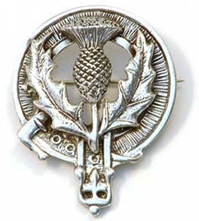|
A chapman (plural
chapmen) was an itinerant dealer. The word was applied to
hawkers of chapbooks, broadside ballads, and similar items.
Produced cheaply, chapbooks were commonly small, paper-covered
booklets, usually printed on a single sheet folded into books of
8, 12, 16 and 24 pages. They were often illustrated with crude
woodcuts, which sometimes bore no relation to the text (much
like today's stock photos), and were often read aloud to an
audience. When illustrations were included in chapbooks, they
were considered popular prints.
By 1600, the word
chapman had come to be applied to an itinerant dealer in
particular, but it remained in use for "customer, buyer" as well
as "merchant" in the 17th and 18th centuries. The slang term for
man, "chap" arose from the use of the abbreviated word to mean a
customer, one with whom to bargain.
John Cheap was described
as, “a comical, short, thick fellow, with a broad face and a
long nose; both lame and lazy, and sometimes lecherous among the
lasses. He chose rather to sit idle than work at any time, as he
was a hater of labour. No man needed offer him cheese and bread
after he cursed he would not have it; for he would blush at
bread and milk and hungry, as a beggar doth at a bawbee. He got
the name of John Cheap, the Chapman, by selling twenty needles
for a penny, and twa leather laces for a farthing.”

|



